
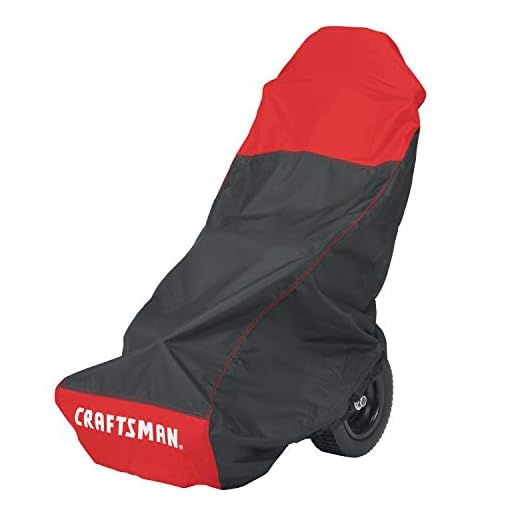

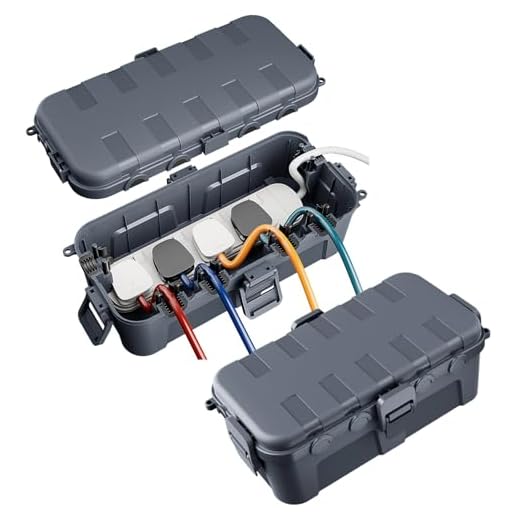
Storing a high-pressure cleaner outside during wet weather is not advisable. Moisture can seep into electrical components, potentially leading to malfunctions or even safety hazards. Prolonged exposure to water may also result in rusting of metal parts, shortening the lifespan of your equipment.
To ensure optimal functionality, keep the machine in a dry, sheltered space when not in use. If a garage or shed isn’t accessible, consider using a waterproof cover specifically designed for this purpose. This can help protect against unexpected downpours while keeping your unit safe from debris and UV exposure.
If the situation demands outside usage during light rainfall, ensure that connections and plugs are secure and elevated from direct exposure. Always dry the appliance thoroughly before storing or reusing. Remember, taking proactive steps significantly extends the longevity of your cleaning equipment.
Considerations for Outdoor Exposure to Moisture
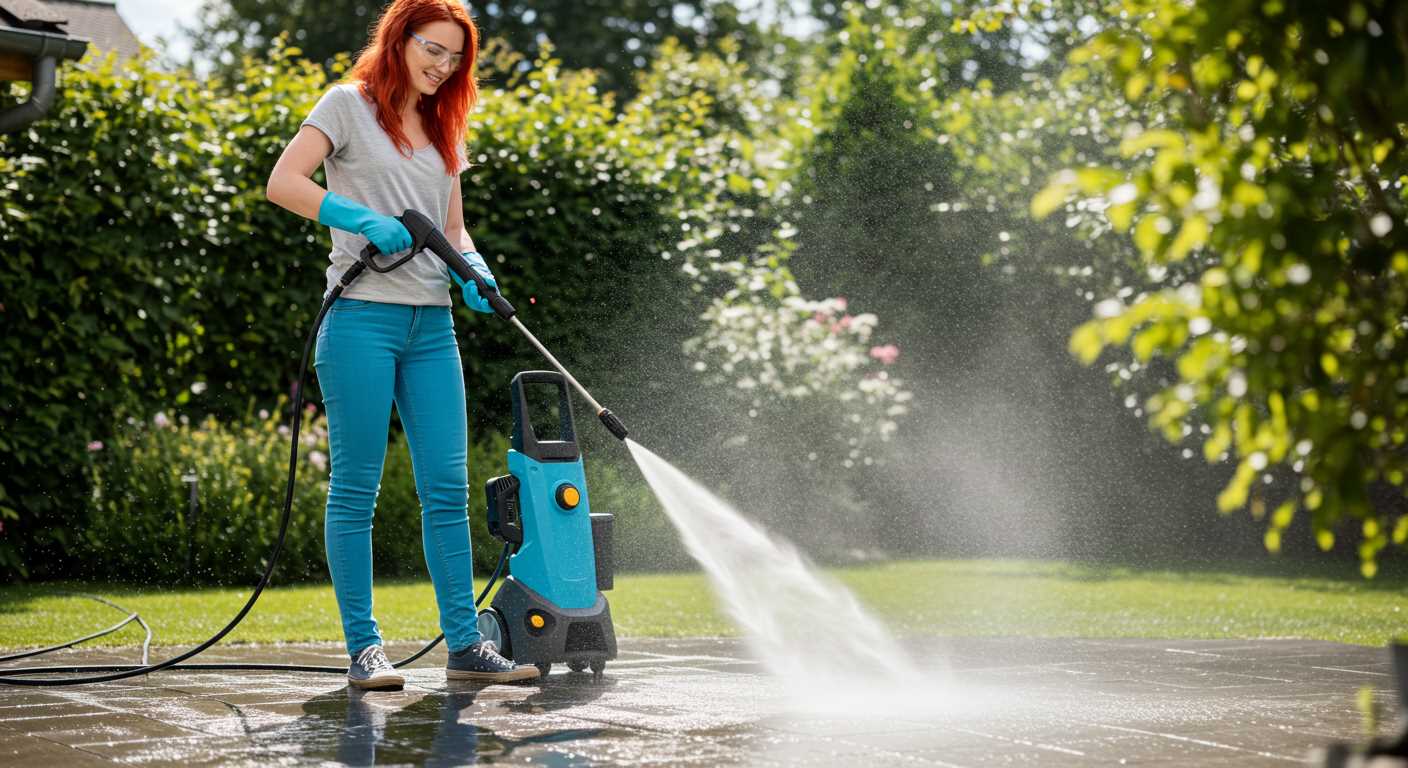
Storing electric cleaning devices in a wet environment increases the risk of damage to electrical components and sensitive parts. Recommended practice involves ensuring proper shelter and ventilation to protect machinery from precipitation.
Potential Risks
- Water ingress into motors may lead to malfunctions.
- Rust and corrosion can affect metal parts, decreasing longevity.
- Electrical connections exposed to moisture can result in short circuits.
Protective Measures
- If exposure is unavoidable, consider using a waterproof cover to shield against moisture.
- Store on an elevated platform to avoid direct contact with water pooling.
- Regularly inspect for any signs of water damage or wear.
Proper care and storage are crucial for maintaining the functionality of these devices. Prioritising dry conditions will ensure enhanced performance and durability over time.
Impact of Rain on Machine Components
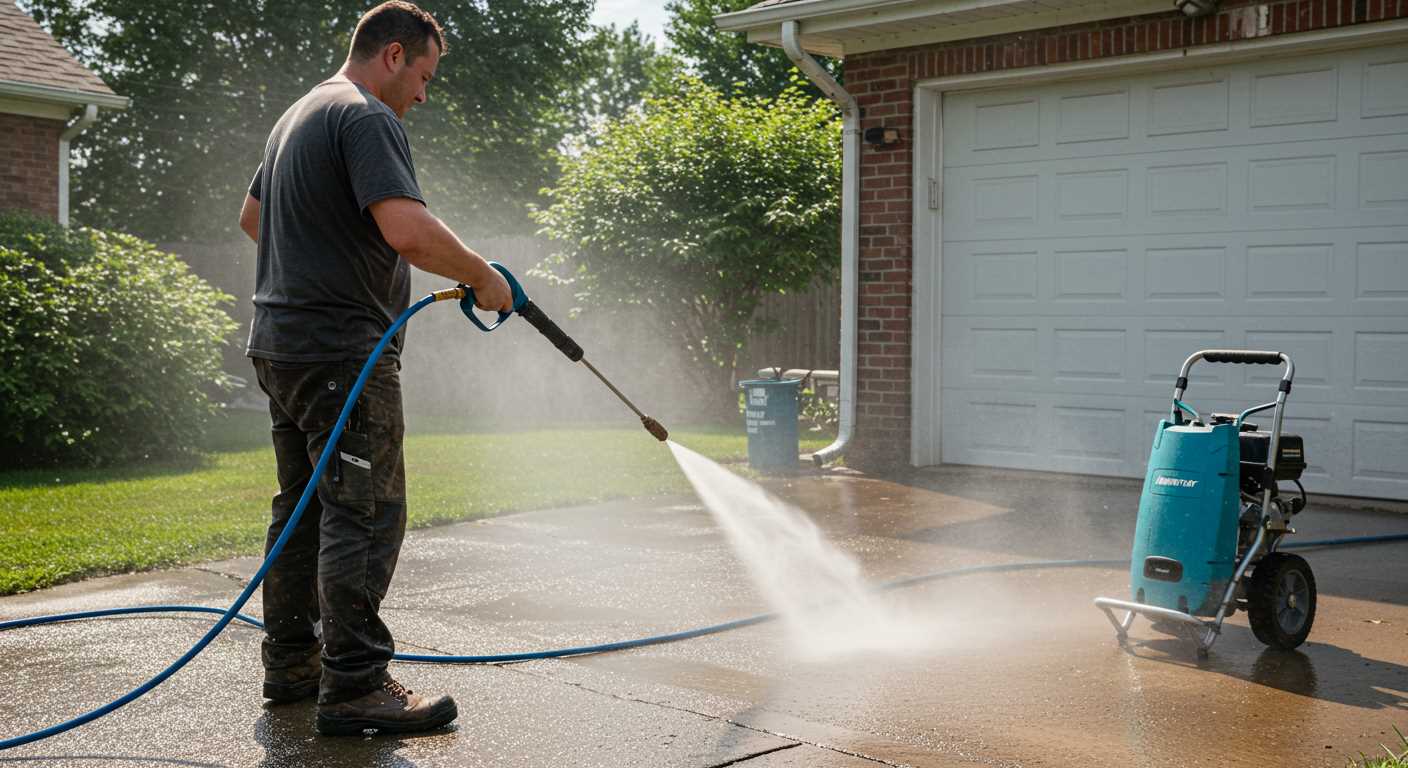
Exposing equipment to wet conditions can lead to various issues, particularly with electrical components and metal parts. Moisture can promote rust and corrosion, compromising the internal mechanisms and reducing longevity.
Electrical Concerns
Water intrusion can lead to short circuits, damaging wiring and the motor. Consider sealing vulnerable areas with protective covers or investing in waterproof storage solutions. It’s advisable to check connections regularly for signs of moisture accumulation.
Metal and Plastic Parts
The casing and internal components made of metal are at risk of oxidation. Plastic elements may warp or degrade under prolonged wet conditions. Regular cleaning and application of rust-resistant coatings can mitigate these effects. Below is a table of materials and their response to moisture:
| Material Type | Response to Moisture |
|---|---|
| Steel | High risk of rust |
| Aluminium | Corrosion possible over time |
| Plastic | Potential warping or brittleness |
| Copper | Oxidation can occur |
Avoiding exposure to these elements extends the lifespan and ensures peak performance. Regular maintenance and proper storage practices are advisable after rain showers.
Risks of Electrical Issues with Wet Cleaners
Keeping these machines outside during wet weather can lead to significant electrical complications. Water exposure can penetrate electrical components, causing short circuits and potential malfunctioning.
Moisture can infiltrate the motor housing, which may result in corrosion of wires and connectors. This deterioration compromises the machine’s performance and could render it unsafe for use.
Using electrical devices after they’ve been exposed to moisture can create hazardous situations. Water and electrical connections do not mix well, leading to shocking experiences or equipment failure.
Before attempting to operate any model that has been in a damp environment, a thorough inspection is vital. Check for any signs of rust or degradation in wiring. If any moisture is detected, allowing the unit to dry completely is essential before powering it on.
In certain cases, relying on electrical testers can provide assurance that components are functioning properly. Investing in protective covers or shelters for these machines can mitigate risks associated with wet conditions in the future.
Possible Corrosion and Rust Damage from Rain Exposure
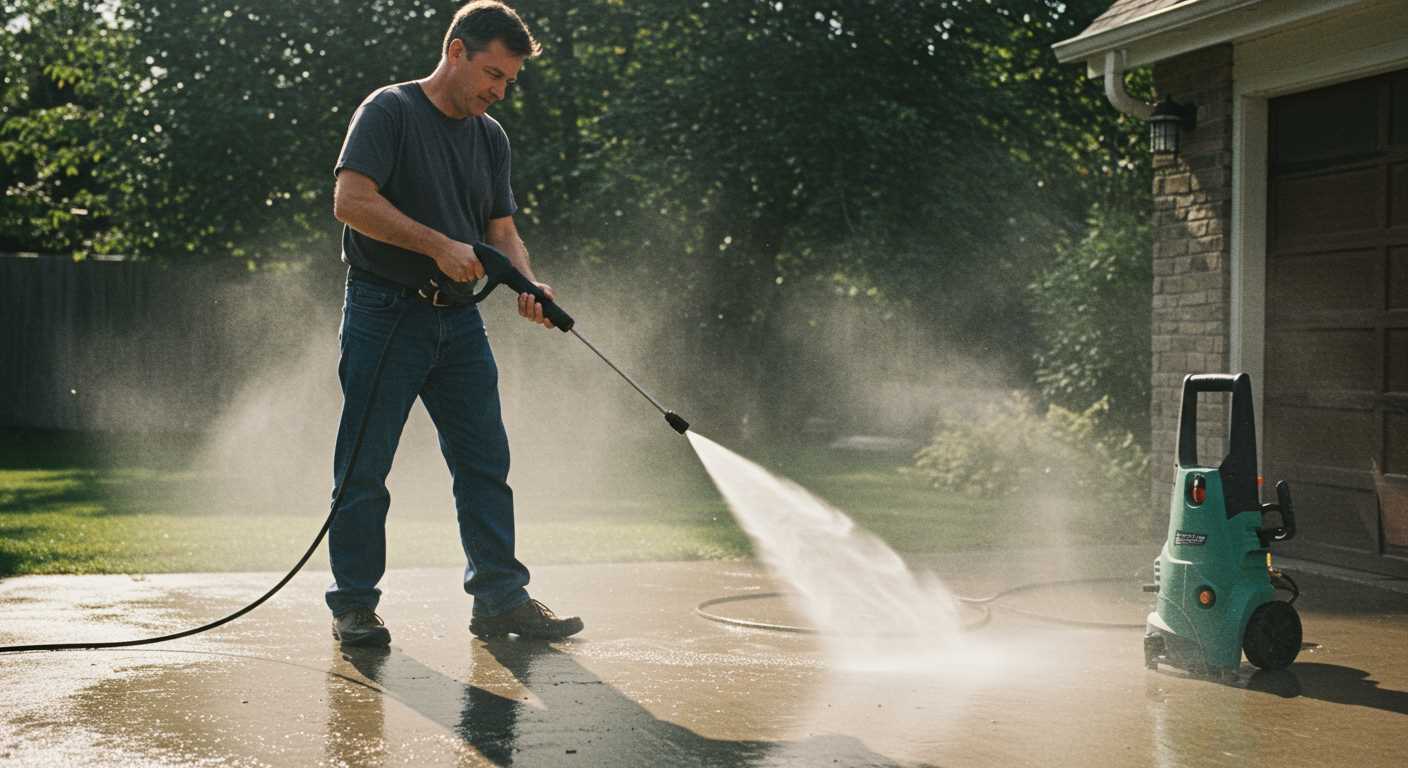
Leaving a cleaning machine outside in wet conditions can lead to significant corrosion and rust issues. The key areas susceptible to moisture damage include metal components, hoses, and electrical connections.
First, metal parts can quickly corrode if left exposed to rain. Water collects on surfaces, creating an ideal environment for rust formation. This process can weaken structural integrity and lead to premature failure. Regular inspection for rust spots and the application of protective coatings can mitigate these risks.
Hoses and Seals
Hoses are prone to degradation when consistently subjected to moisture. Rubber and plastic materials can deteriorate, leading to leaks or bursts. It is advisable to store hoses in a dry place and check them routinely for signs of wear. Ensuring that all seals are intact also prevents water from getting into sensitive areas that may promote corrosion.
Electrical Components
Moisture poses a severe risk to electrical connections. Water can lead to short circuits and other electrical failures. Keeping electronic components dry is imperative; consider using moisture-resistant covers or storing devices in sheltered environments. Regular maintenance can help identify potential issues before they escalate.
In summary, prolonged exposure to wet weather increases the likelihood of rust and corrosion on critical parts. Proper storage and maintenance practices are essential to extend the lifespan of these machines and ensure reliable performance.
Recommendations for Storing a Pressure Washer Outdoors
Optimal storage conditions are crucial for your cleaning device’s longevity. When keeping equipment outside, invest in a high-quality protective cover specifically designed for your model to shield it from moisture and debris. Ensure that the cover fits snugly to prevent water accumulation inside.
Position the unit on a raised platform or within a shed to mitigate exposure to pooled water and flood risks. Elevation helps in preventing corrosion and rust development, as well as protecting components from direct exposure to environmental elements.
Drain and Disconnect
Prior to storage, it is essential to drain all fluids, including water and detergent, from the system. Disconnect hoses and nozzles to prevent residual moisture from creating blockages or damage. Emptying the tank prevents freeze-related issues in colder climates, safeguarding all critical internal components.
Check for Weather Protection
Evaluate local weather patterns before selecting a storage site. If you frequently experience heavy rain or snow, consider utilising a dedicated outdoor enclosure with ventilation to reduce humidity levels while still keeping the equipment shielded. Regular inspections for signs of wear or environmental impact should be part of your routine maintenance to ensure the device remains in prime condition.
Signs Your Pressure Washer Has Been Damaged by Rain
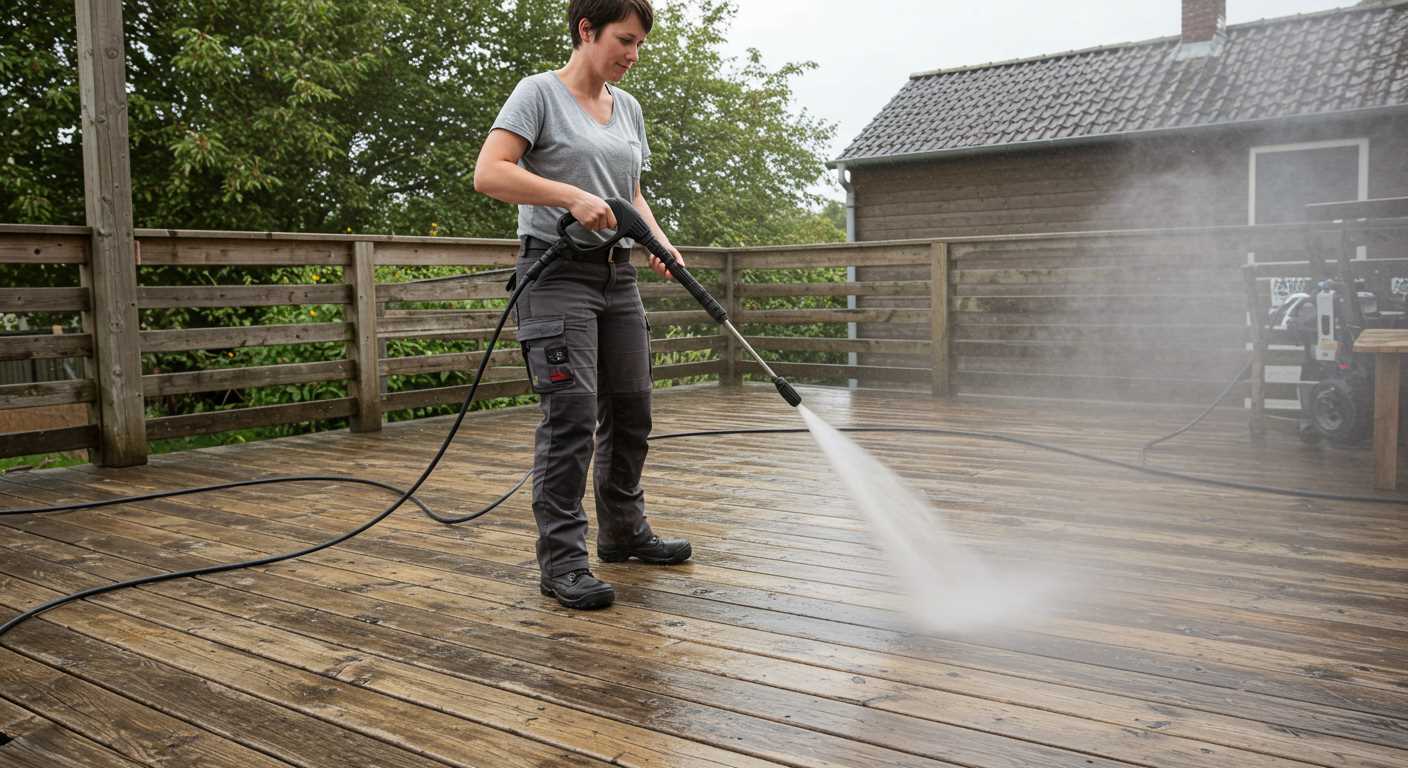
Assessing whether your cleaning device has incurred damage due to wet conditions involves examining several key indicators. Look out for noticeable water ingress around electrical components or inside the motor housing, as this can lead to serious functionality issues.
Check for Malfunctions
Unusual sounds during operation or irregular pressure output are red flags indicating potential internal damage. If the unit struggles to start or exhibits erratic behaviour, moisture might have compromised its systems.
Inspect Exterior Surfaces
Corrosion on metal surfaces or rust formation often signifies prolonged exposure to moisture. Additionally, watch for peeling paint or discolouration, which can be signs of weather-related wear.
Finally, assess the condition of hoses and fittings. Cracks or brittleness may indicate that water exposure has adversely affected their integrity, which can lead to leaks and decreased performance.
Protective Covers: Do They Really Help?
Invest in high-quality protective covers designed specifically for cleaning machines. These covers create a barrier against moisture and dirt, significantly reducing the risk of damage from wet conditions.
Benefits of Using Protective Covers
- Shield against precipitation and dust, preventing rust accumulation on metal components.
- Extend the lifespan of rubber seals and hoses by safeguarding them from exposure to water.
- Minimise the likelihood of electrical failures due to moisture intrusion.
- Offer protection from UV rays, which can cause degradation of materials over time.
Choosing the Right Cover
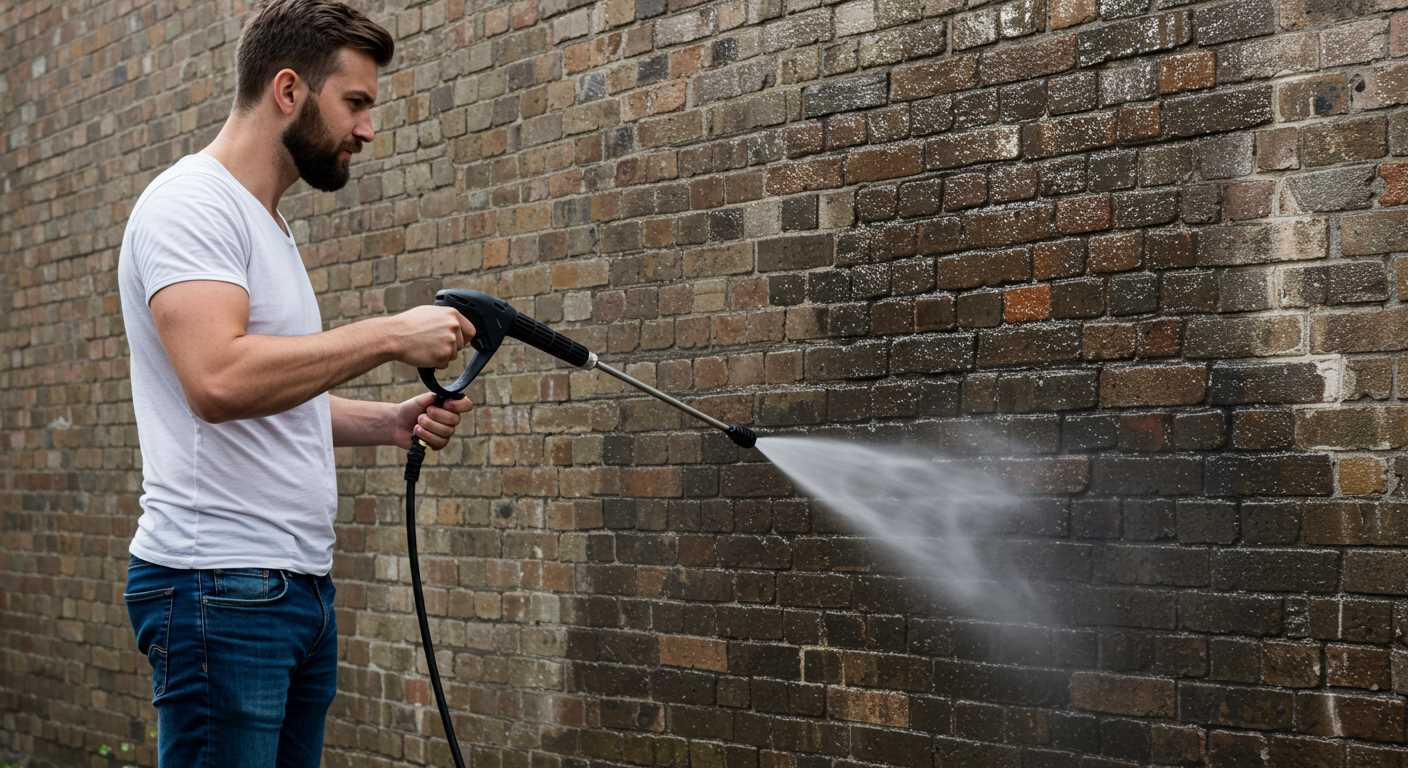
Select a cover made from breathable fabric to avoid trapping moisture inside. Waterproof models are effective, but breathability is crucial to prevent condensation. Ensure the cover fits snugly to avoid it being blown away by wind.
Following these guidelines enhances durability and reliability, ensuring this valuable equipment remains functional for years. Regularly check the condition of the cover, replacing it as necessary to maintain optimal protection.








